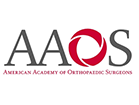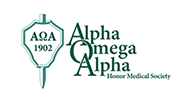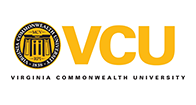The glenoid is a shallow cavity of the shoulder blade (scapula). The ball-shaped head of the upper arm bone (humerus), articulates with the glenoid to form the ball-and-socket joint of the shoulder joint. A soft tissue called the labrum surrounding the socket further stabilizes this joint so that the humerus head fits snugly in the cavity. The labrum can get injured by falling on an outstretched arm, lifting a heavy object or from a direct blow to the shoulder. Weightlifters and throwing athletes are at a high risk of glenoid labrum tears.
The condition may be associated with other injuries such as shoulder dislocation. Depending on their location, they can be categorized as a SLAP lesion or Bankart lesion (above or below the middle of the glenoid).
What are the symptoms of glenoid labrum tear?
Symptoms of a glenoid fracture include shoulder pain while lifting your arm, at night or with everyday activities, swelling, catching or popping of the arm, instability and inability to move the arm.
How is a glenoid labrum tear diagnosed?
When you present to the clinic with these symptoms, your doctor will perform a thorough physical examination and order X-rays, or CT or MRI scans to determine the extent of the fracture and displacement of the joint. To confirm the diagnosis, arthroscopy is performed, where a narrow lighted tube with camera (arthroscope) is inserted into the joint through a tiny incision to view the damage clearly.
What are the treatment options?
Non-displaced fractures require immobilization in a sling for about six weeks. Your doctor usually prescribes medication to relieve pain and inflammation. When these non-surgical approaches to treatment do not relieve symptoms, surgery may be recommended, where the tear is either removed or repaired with absorbable sutures, wires or tacks. Associated damage to the surrounding tendons or ligaments is also repaired.
Related Topics
- Shoulder Joint Replacement
- Shoulder Arthroscopy
- Rotator Cuff Repair
- Glenoid Labral Repair
- Reverse Shoulder Replacement
- SLAP Repair
- Shoulder Stabilization
- Distal Clavicle Excision
- Shoulder Labrum Reconstruction
- Bony Instability Reconstruction of the Shoulder
- Arthroscopic Superior Capsular Reconstruction (SCR)
- Acromioclavicular (AC) Joint Reconstruction






